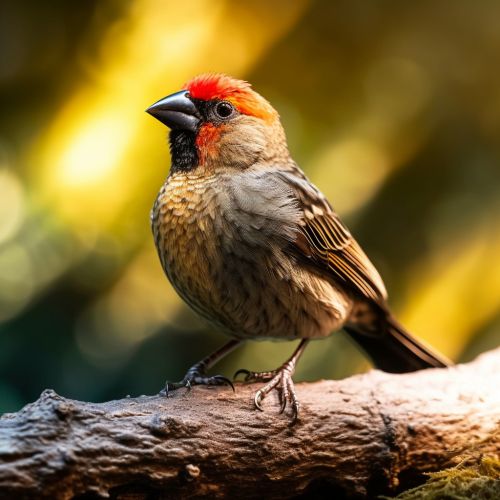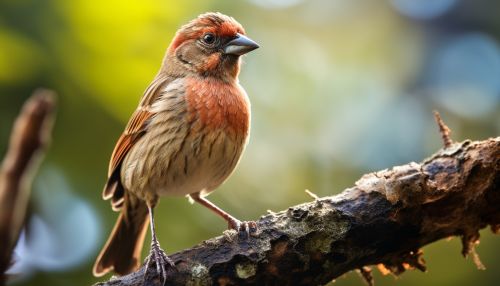Galapagos Finch
Introduction
The Galapagos Finch, also known as Darwin's Finches, are a group of about 15 species of passerine birds. They are well known for their remarkable diversity in beak form and function. The finches are considered a classic example of adaptive radiation, where a single ancestral species radiates into a number of descendant species with both similar and different traits. Adaptive radiation is a process in which organisms diversify rapidly from an ancestral species into a multitude of new forms, particularly when a change in the environment makes new resources available, creates new challenges, or opens new environmental niches.


Evolution
The Galapagos Finch species are thought to have evolved by an adaptive radiation that blossomed from a single ancestral species arrived on the Galapagos Islands. The process of natural selection has led to the evolution of different beak shapes and sizes for each species. This diversity of beaks has allowed the finches to utilize different food resources such insects, seeds, nectar from cactus flowers, as well as blood from seabirds, thereby reducing competition for resources.
Species
There are currently recognized 15 species of Galapagos Finches, divided into six genera. The species are primarily distinguished by their beak size and shape, which are highly adapted to their specific diet and habitat. Some of the most well-known species include the Large Ground Finch, Small Ground Finch, Warbler Finch, and the Woodpecker Finch.
Habitat and Distribution
The Galapagos Finches are endemic to the Galapagos Islands, an archipelago located 906 km west of continental Ecuador. The islands are known for their vast number of endemic species, which were studied by Charles Darwin during the second voyage of HMS Beagle. His observations and collections contributed to the inception of Darwin's theory of evolution by means of natural selection.
Diet and Behavior
The diet of Galapagos Finches varies widely and is closely related to their beak shape and size. Some species have beaks that are adapted for crushing seeds, while others have long, fine beaks for probing into flowers for nectar and pollen. Some finch species are also known to exhibit tool use behavior, such as the Woodpecker Finch which uses twigs or cactus spines to extract invertebrates from tree bark.
Conservation Status
While some species of Galapagos Finches are widespread and relatively common, others are restricted to specific islands and have small, vulnerable populations. Factors such as habitat destruction, introduced predators, and climate change pose significant threats to these unique birds. Conservation efforts are ongoing to protect and preserve these iconic species and their habitats.
